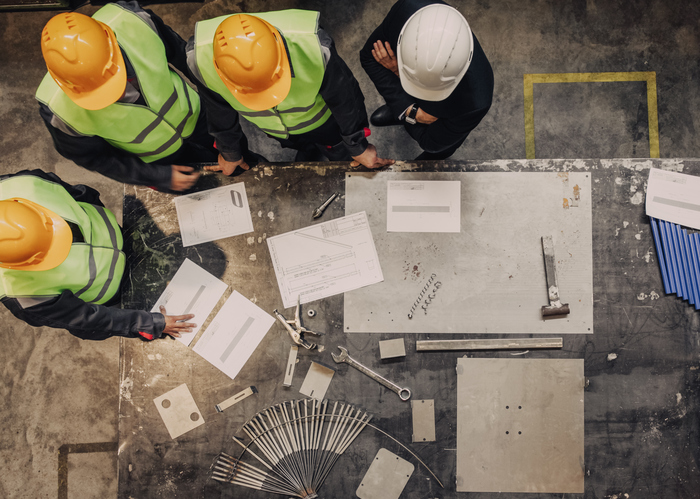Investigation of workplace accidents and incidents is an essential part of the proactive management of health and safety. Undertaking investigations of both those accidents that result in injury or death, as well as near misses, in a systematic and organised way will benefit any organisation by identifying causes and underlying factors which can lead to lessons learnt and help prevent similar circumstances from recurring.
What should be investigated?
- An investigation and review should take place for all accidents and incidents. However, it is important that organisations take a sensible and proportionate approach to the investigation of accidents, in which case it may not be necessary to fully investigate minor accidents. An organisation’s procedures for accident investigation should include a procedure for deciding which accidents will be investigated and which will not. It may be helpful for organisations to develop a simple “risk matrix” (such as outlined in the HSE’s HSG245) to help decide which accidents should be investigated
- Investigations should always take place for incidents arising in a high-risk environment where risk control measures need to be robust. High risks may result from the use of equipment or plant, the use of hazardous substances or work in certain places such as confined spaces.
- It is important that near misses with the potential for injury are investigated. These are incidents where an unplanned event occurs for which there is no resultant injury or damage, but the potential exists for harm to result if the event occurred under different circumstances.
- The time and effort put into the investigation may vary considerably according to the potential severity of injury and/or damage. Significant incidents will usually require a written report although there may be no need to document the results in very minor cases.
The need to carry out accident investigations is an implied duty under the Health and Safety at Work etc. Act 1974 and the Management of Health and Safety at Work Regulations 1999 and is sometimes required under specific insurance and other contractual requirements. It is also an essential part of successful health and safety management.
Employers should select appropriate staff to carry out investigations and provide them with the necessary training and instruction. This includes safety representatives. Table 1 outlines who should be involved in an accident investigation.
| Table 1: Accident Investigation and Who Becomes Involved
Staff at Supervisory Level
Staff at Managerial Level
Health & Safety Advisor / Manager
Specialists and Consultants
Staff Representative
Health and Safety Executive and local authority inspectors may also carry out investigations in the workplace under the Health and Safety at Work, etc Act 1974 Your company health and safety policy, standalone policy or procedures should outline your investigation protocol. This should be communicated to all staff. Investigation reports should be written and records of related procedures should be maintained In the event of an accident in your workplace, if you do not have the expertise or resource in-house to carry out an investigation, C&C can provide guidance and support, as well as leading the accident investigation on your behalf. |
|











